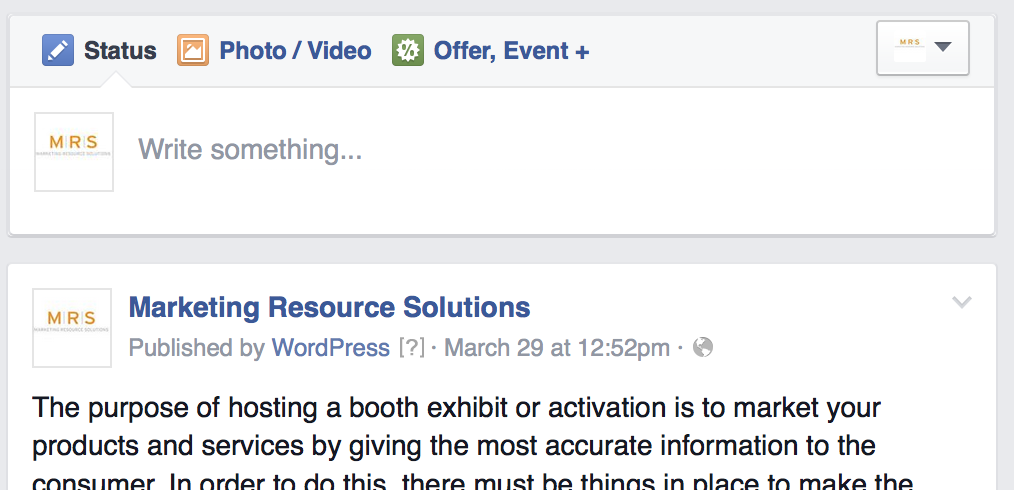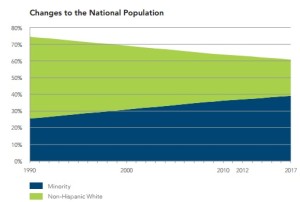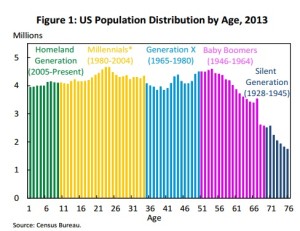Social Media has revolutionized the way the world communicates with each other, providing different mediums to post content and connecting global individuals to meet in one space – directly, for free and in real time. It has proven itself to be one of the greatest tools businesses can utilize to build their brand, audience, and social reach. In the digital marketing realm, the usage of Facebook, Twitter, Instagram, and most recently Snapchat have connected businesses to consumers in very personal ways.
Consumers enjoy the ability to engage so closely with brands, so as an event planner, utilizing this closeness to your audience is key. Promoting events and increasing their awareness via social media must be built into the marketing plan if you anticipate having the optimum turnout.
Here we will provide some tips on how to utilize the top four social media platforms to engage your audience and draw larger crowds to your events.
Facebook
Facebook began as a website strictly for college students but after the news spread about how cool and innovative the website was, there was no other option but to open the site for everyone. Facebook now has 1 billion daily users and 894 million daily mobile users. Those numbers alone show the importance of utilizing Facebook as a promotional space.
“Events” functionality has been a component of Facebook since its earlier days and it has gone through many updates since its launch. To utilize this amazing feature, simply click on the “Events” link in the “post” window.

Under the events tab you can create a guest list, describe the event, add photos, and there is also an RSVP function. Individuals invited to the event will receive reminders of the event date unless they have the event notification tab turned off. Recently, Facebook added the ability for businesses to create business-only pages. These pages allow for direct communication with consumers–therefore advertising on your Facebook page is an option as well.
Twitter
Twitter is microblogging at its finest. The creators of Twitter built the 140 character limit with creativity in mind; they wanted people to resort to wit and cleverness to get their message across in the shortest way possible. Twitter has incorporated many features into the site to optimize your event promotion. Attaching images, gifs, and videos will maximize the excitement around your event if you choose the right content for your audience. Twitter gives you just enough space to tweet the most important details of your event.
Instagram
Instagram is a photo-sharing application – and what is there to lose by posting visual content to draw in a guest? In addition to photos, videos are now able to be uploaded. You can choose who can view your content: Your followers only (set the account type as “private” or anyone visiting your page on Instagram (set the account type on “public”).
Direct Messaging (DM): Another great feature of Instagram is the ability to send other users direct, private messages. In direct messaging on Instagram, a picture must be attached to the message. This allows businesses to reach out to people that may not use the app daily but still receive the message notification. The direct message function also reaches out to people who may have missed the initial posting.
Tagging: Instagram allows users to be “tagged” on photos and if their username is included in the caption, they will be notified of the post when they open the app.
Snapchat
Snapchat has become increasingly popular over the past two years, especially among younger Millennials. Snapchat is a photo and video sharing app that uploads in real time. Snapchat is good for leading up to an event by posting different elements such as the venue, production, and conversations about the event. In addition to pre-production, Snapchat is great for posting content during the event. Once people see how exciting your event is they may plan to participate next time. Snapchat really hones in on the closeness between the business and consumer because the consumer could end up on the business’ Snapchat in real time and consumers love that!
Cross-posting Saves Time
Each one of these platforms offer a unique ability to engage consumers and reel in a broader audience. The great thing about each application is that you can link them to post across platforms. The content you post on Instagram can be sent to Twitter and Facebook. The content you post on Twitter can be linked to Facebook.
To improve your efficiency, schedule your postings. There are several apps and websites that allow users to schedule posts across several social media platforms and accounts. The most popular among these is Hootsuite. Hootsuite allows you to schedule future posts to Facebook and Twitter saving you lots of time!



